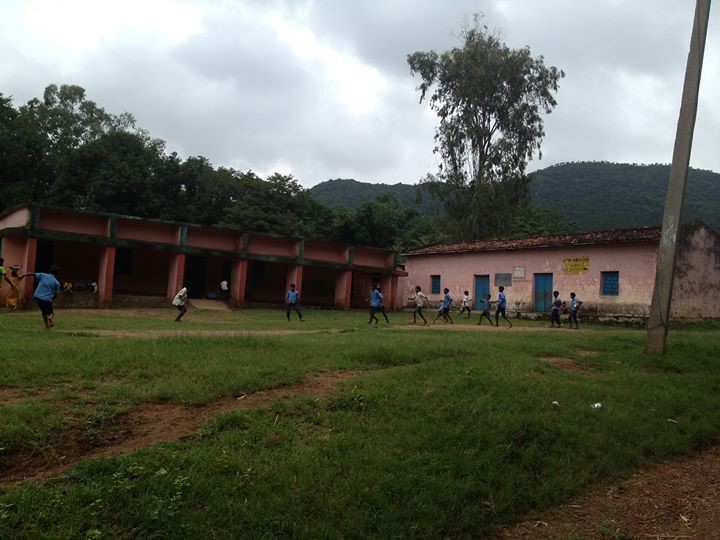(Author: Charu Puri)
Are we trying to solve a problem with another problem? So it appeared to me when I recently visited schools in some of the remote Jharkhand villages with a group of India Literacy Project (ILP) volunteers.
As we drove past extensive paddy fields, we enjoyed the lush green landscapes and monsoon rains. On the first day, we stopped by six villages in Lohardaga along with our partner NGO LGSS, led by Mr. C. P. Yadav and his staff. The entire NGO team is highly committed to improving the education scene in the Kairo block of Lohardaga district.
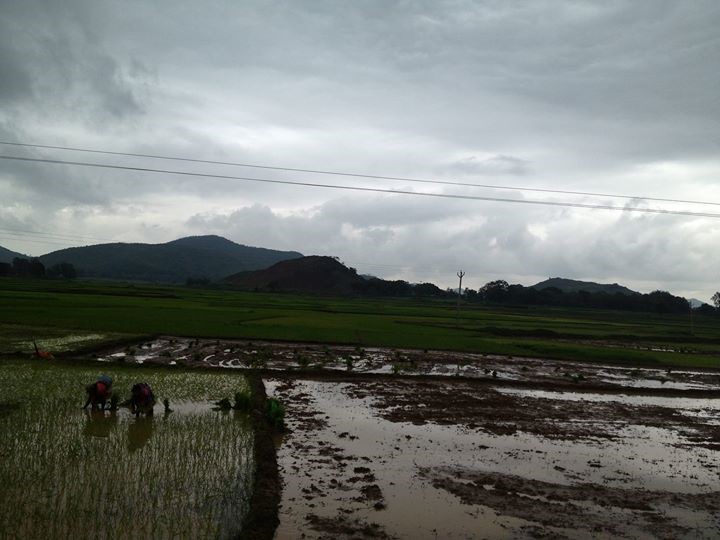
The visit gave us deep insights into the current state of literacy in Jhakhand. We started the visit with an Anganwadi (AWC) center in Huddu village with 90% tribal population. The AWCs are meant for 0 – 6 year olds but the center had mixed age groups with older kids as well – apparently older kids accompany to look after their younger siblings.
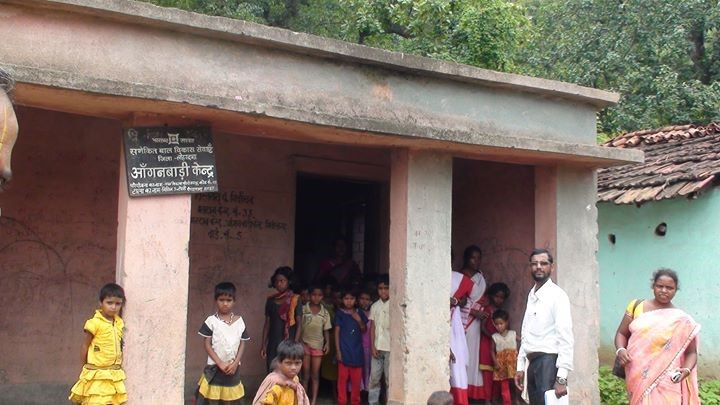
The infrastructure didn’t provide even the basics that we, living in the cities, take for granted. The huge urban-rural gap seemed to be widening with every step that we took as we moved from one center to another. I kept thinking that teaching under a tree is probably a better idea than those grungy shelters.
Most centers had just one teacher and a helper to look after roughly 40 kids. Most kids that came got mid-day meals or bhaat (rice and lentils). The AWC workers were ignorant of the recent mid-day meal tragedies. We observed that some of the students come to the centers just for food while they study in private schools.
It was humbling to see that some of the villagers have given away or rented their own places to run these centers. We met a young couple who has given away their space for an AWC. The husband works in a city for six months and he comes back to his village to work in the farms the rest of the year along with his wife. People like them bring some hope for their hopelessly poor fellow villagers.
There’s a big gap in fulfilling the need for qualified teachers to educate the younger population – some of these villages are seeing their first generation kids going to schools; and the skilled workforce usually migrates to nearby towns for livelihood.
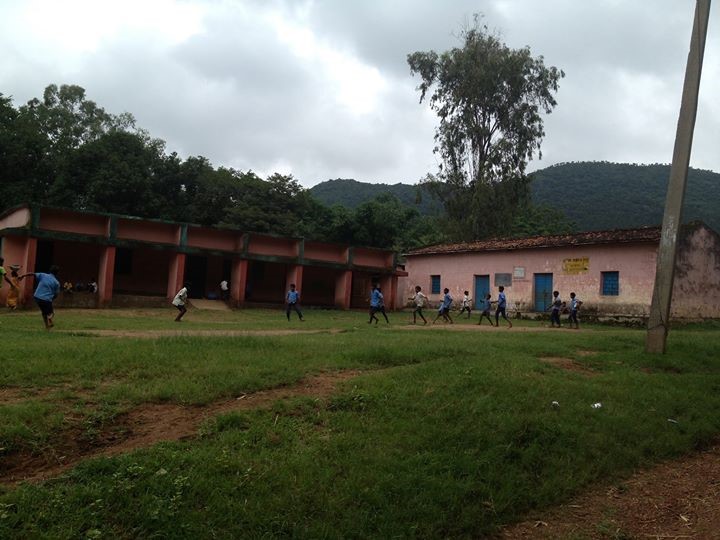
Next we visited a middle school in the same village. My fellow volunteers were surprised that in Dhoni’s land, most kids were seen playing football and not cricket! These schools also presented a very sad picture, with lack of proper infrastructure and resources. Most of the schools we visited had just one or two untrained para teachers to handle 250 students! According to the teacher, the average attendance is 60 – 70% but it was much less that day since children go to work in the farms during the peak agriculture seasons.
The teachers get a pitiable Rs 1500 – 3000 per month – aren’t we trying to solve a problem with another big problem? There’s definitely a need for a bigger education budget to address the problem of illiteracy, but on the contrary we heard that the same has come down instead of going up! In my view more than buildings and mid-day meals, we need dedicated and trained teachers and unless we have teachers how can this problem ever get solved? A better compensation package to attract teachers from within the villages and surrounding areas can possibly help the situation.
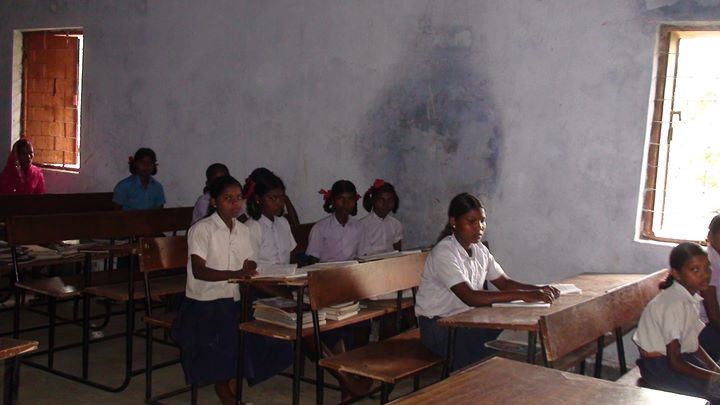
Thereafter, we also visited some more AWCs and middle schools in Gitelgar, Hanhat, Kharta, and Tati villages. And we saw similar conditions everywhere. But it was heartening to see how much hard work the ILP local partner team is putting in to empower the community for ensuring quality and relevant primary education for the village kids.
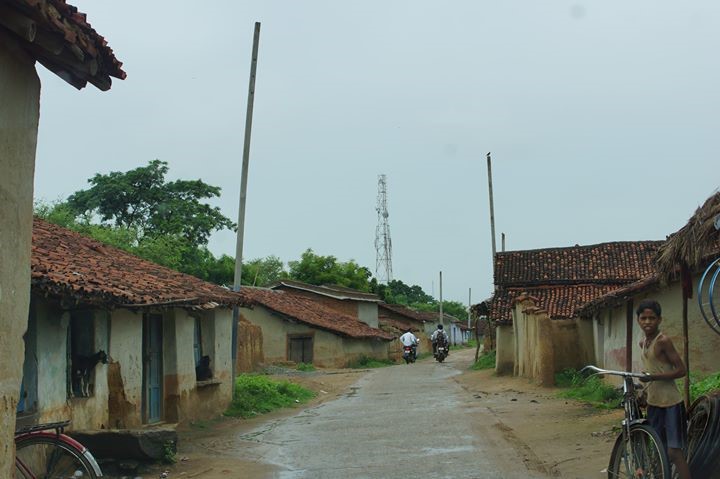
The second day, we visited AWCs and schools in Saraikela-Kharswan block (near Jamshedpur) along with our NGO partner TRCSC, led by Mr. Manas Das, and his staff. These villages are closer to the Naxal-prone areas with their own set of issues. We noticed that the hamlets here had better cottages. A lot of people in these areas seemed to be in tailoring business. We also saw lots of solar panels that they probably used to light up at night time.
“Where are the posters of film actors in these villages?” My fellow volunteers kept questioning (Rajnikanth’s posters are commonplace in villages in south India). But the villages we were visiting in Jharkhand are totally cut-off from the rest of the world with no penetration of media. Media, after all, is powered by electricity!
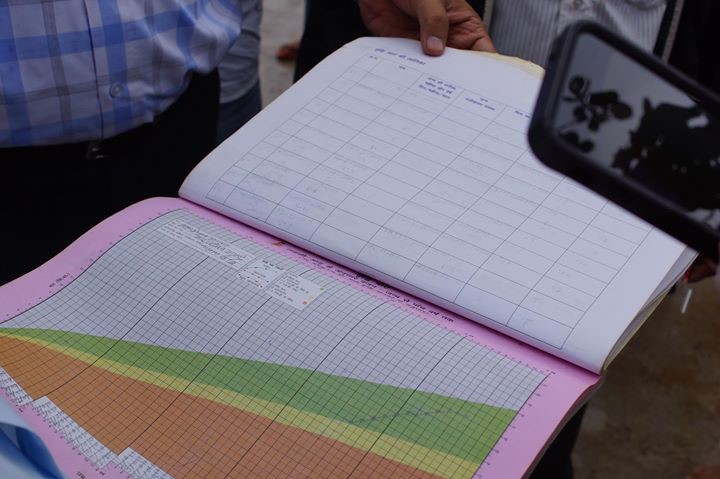
We started with a visit to an AWC in Chowra village. At the next AWC in Kuda Toli Nothandi, we met Muslim mothers and kids. The AWC teacher could explain about the immunization coverage and also showed us the growth monitoring charts. At Chowra Madhya AWC, we met the teacher who had been renting her own place for the AWC.
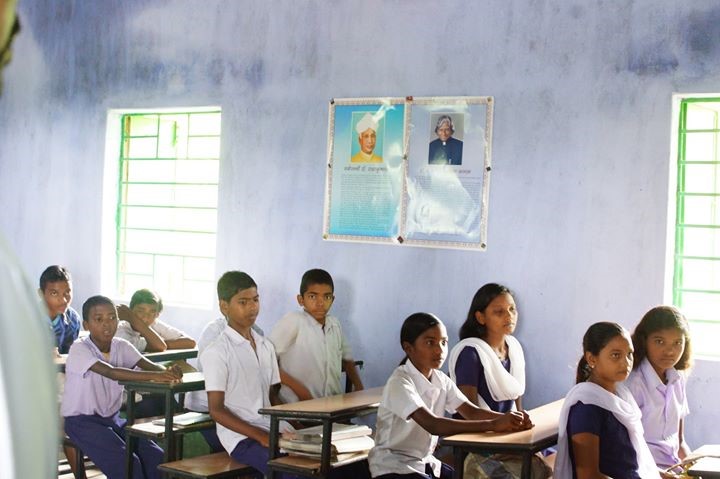
By this time we had become accustomed to seeing dark and gloomy class rooms but we were pleasantly surprised to see that in these villages a few class rooms had nice big windows, the construction work for expansion of schools was on.
At the Pandra Middle school, we met the head master and discussed the problem areas such as, lack of adequate number of teachers, para teachers conducting classes without training, and the hope that the teachers will get appointed as the new government has taken over. In Mankidi Primary School, children of all five grades are made to sit together as only one para teacher is available. She said that she took turns to teach each grade one by one, and kept the other students busy with assignments while she taught the rest of the kids. We concluded our visit in Datum village, and returned to Ranchi.
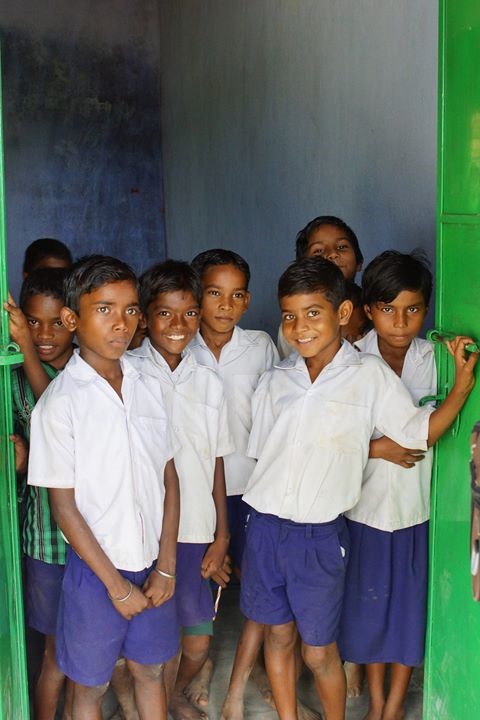
So what’s the solution to solve the problem of illiteracy in rural India? Rural kids have a desire to learn – how can we help? Questions like these continue to haunt me after this visit…there are no easy answers, but this is an area that needs immediate attention and we all can do our bit in our own ways. ILP, along with its partners, has supported nearly 100 projects across 17 different states of India, working in over 850 villages benefitting around 220,000 people. Volunteering with ILP gives me an opportunity to do a little bit from my side.
Charu Puri with Padmaja, Ranga, Subhash, Raj, on a long learning journey to discover a 100% literate India!
